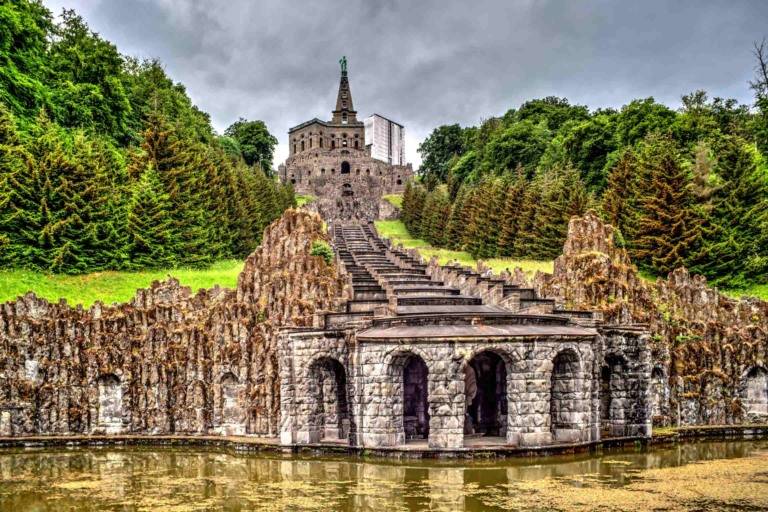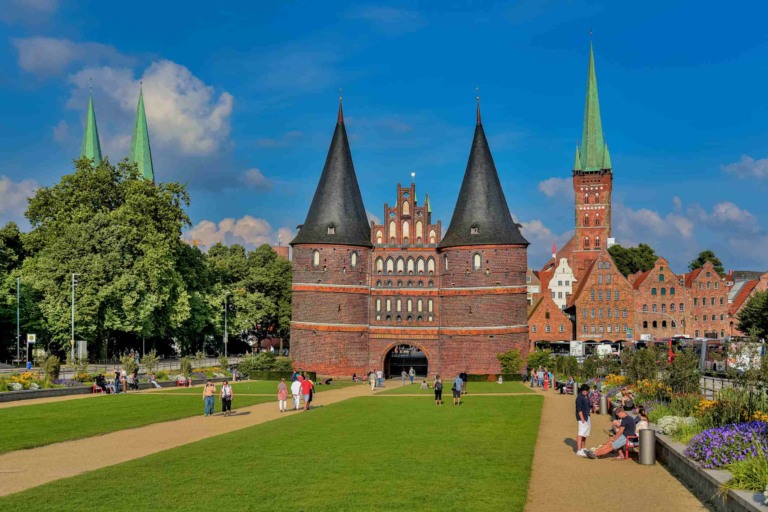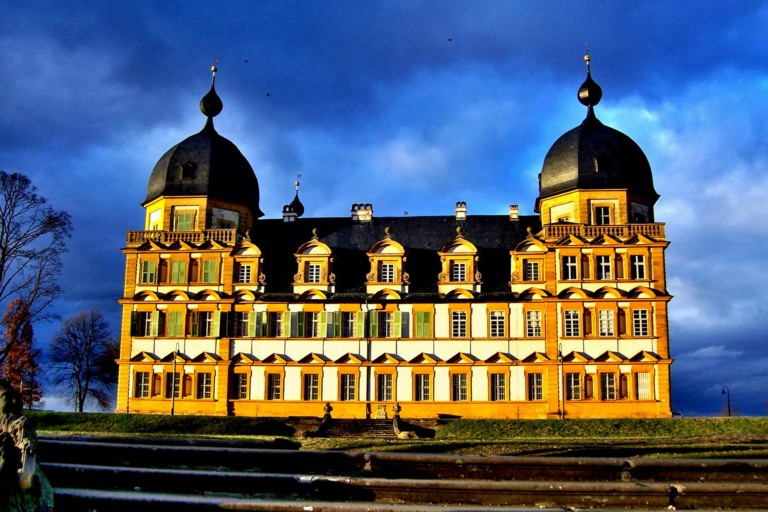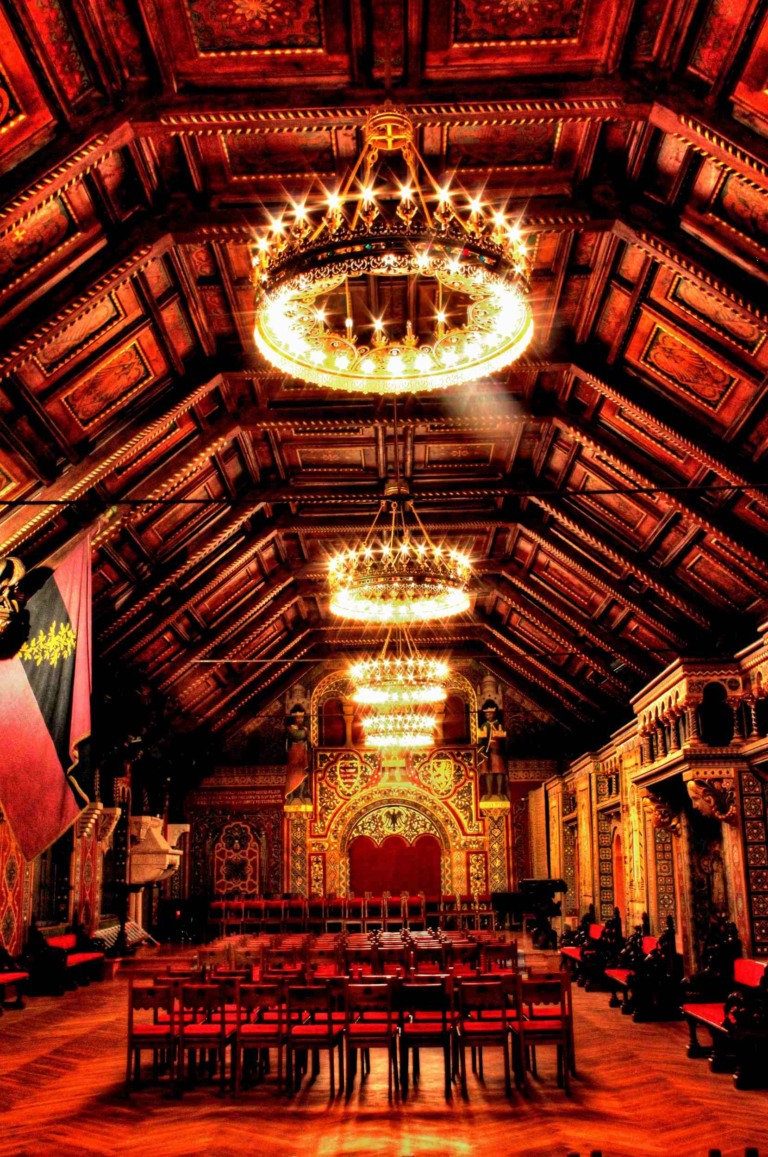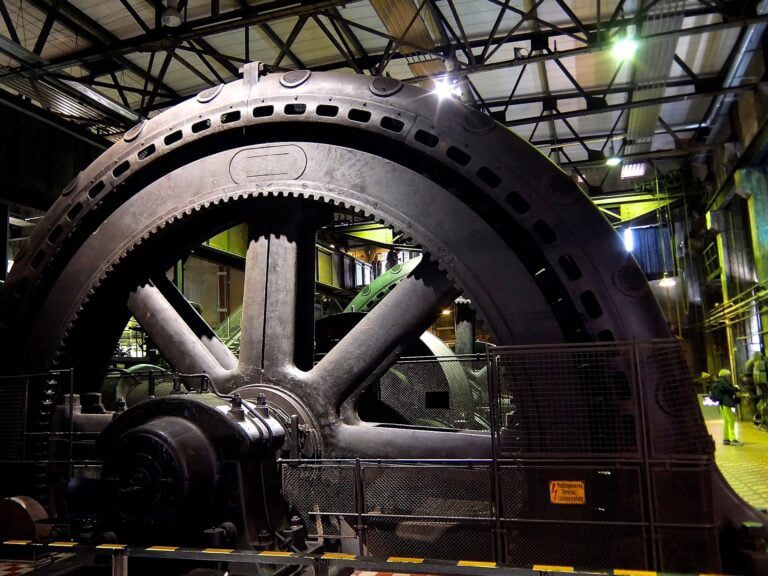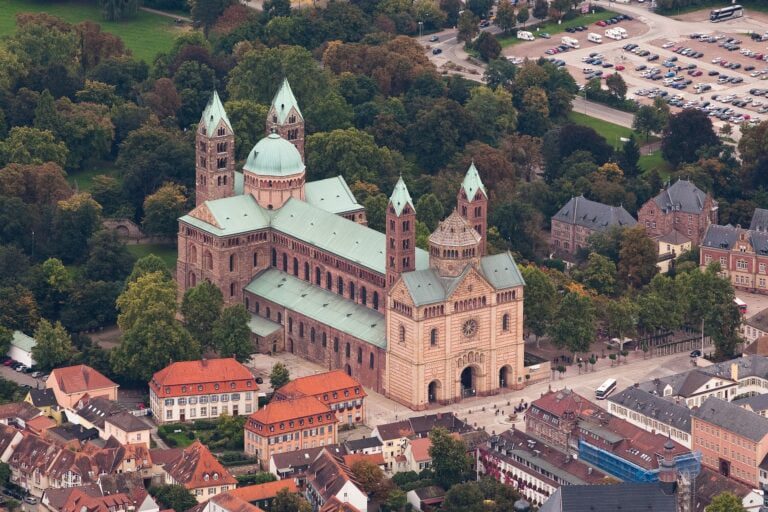Lorsch Abbey
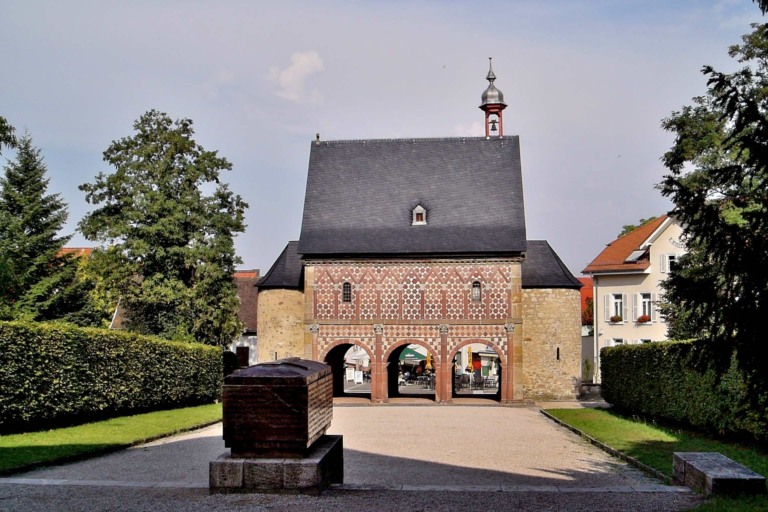
Lorsch Abbey, aka Kloster Lorsch or Reichsabtei Lorsch, is a former Imperial abbey in Lorsch, Germany. In the Carolingian Empire, it was one of the best-known monasteries. Even though they are in ruins, what is left of them is some of the most important pre-Romanesque-Carolingian architecture in Germany. Its history is written down in the Lorscher Codex, which was made in the 1170s and is now in the state archive at Würzburg. In 764, the Frankish Count Cancor and his widowed mother, Williswinda, started the abbey on their farm, Laurissa, as a proprietary church (Eigenkirche) and monastery. It was made in honor of Saints Peter and Paul. Chrodegang, Cancor’s cousin and the Archbishop of Metz, was put in charge of running the monastery by its owners. He became the first abbot. Benedictines from Gorze Abbey, near Metz, moved to the area and set up the abbey.
